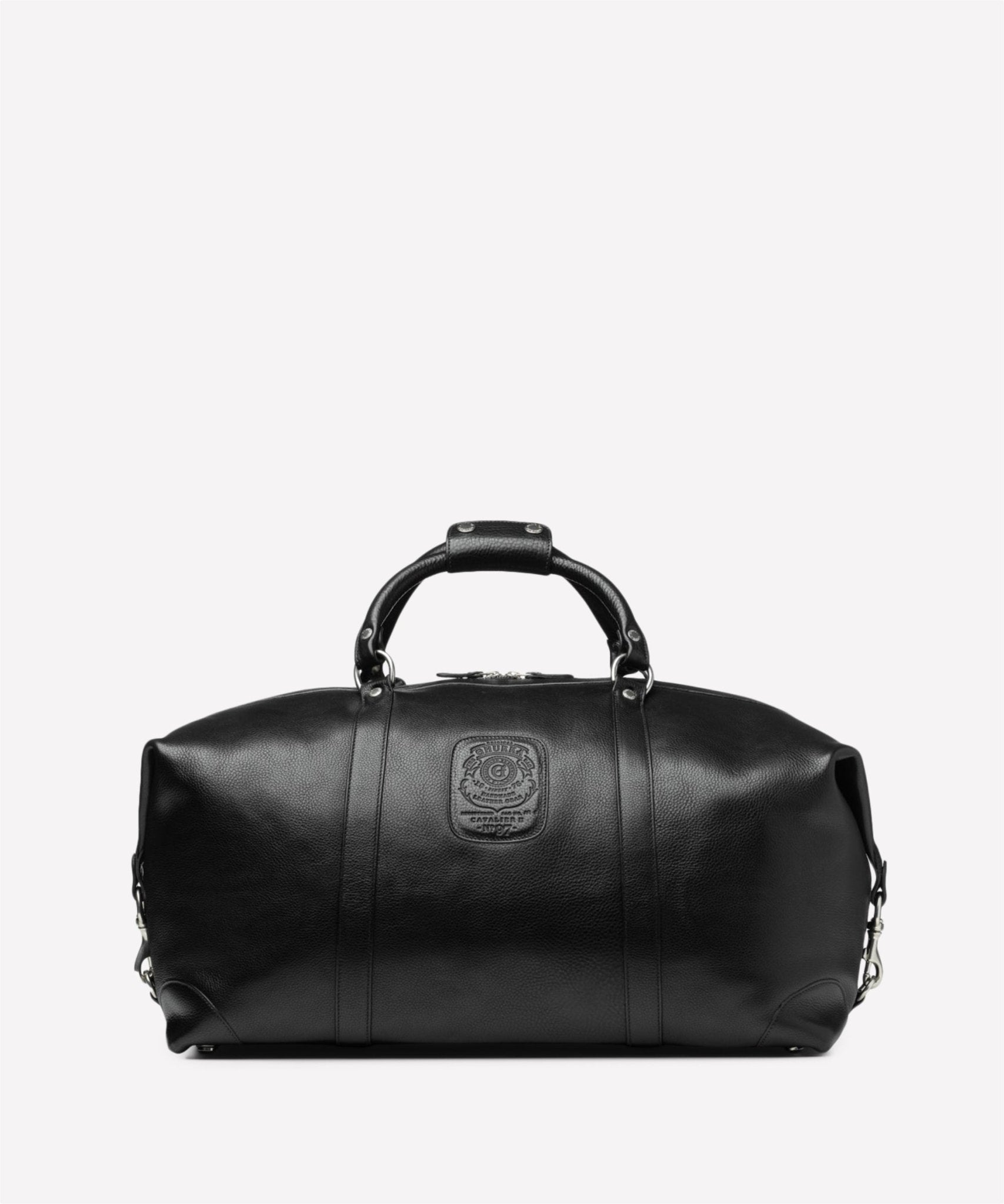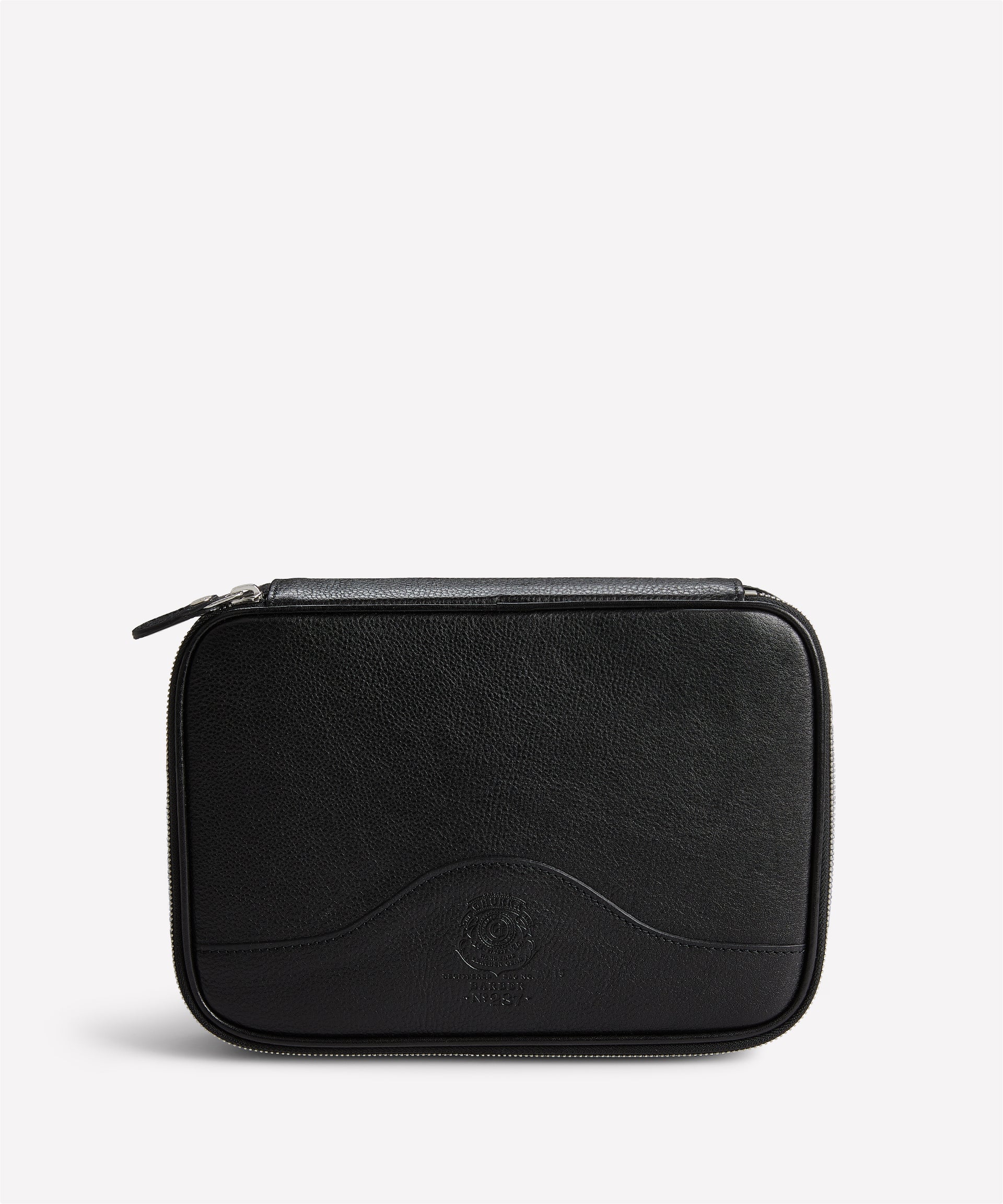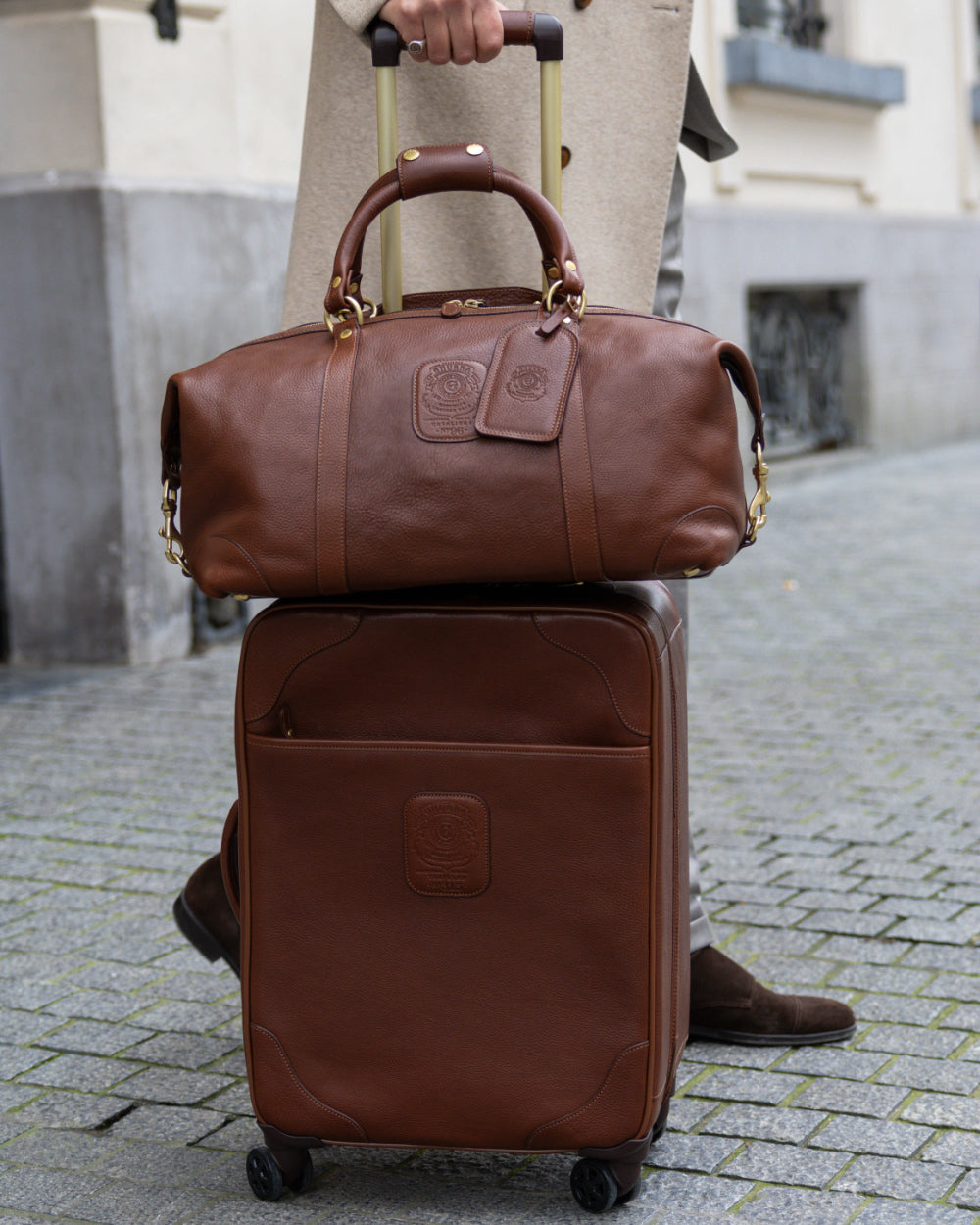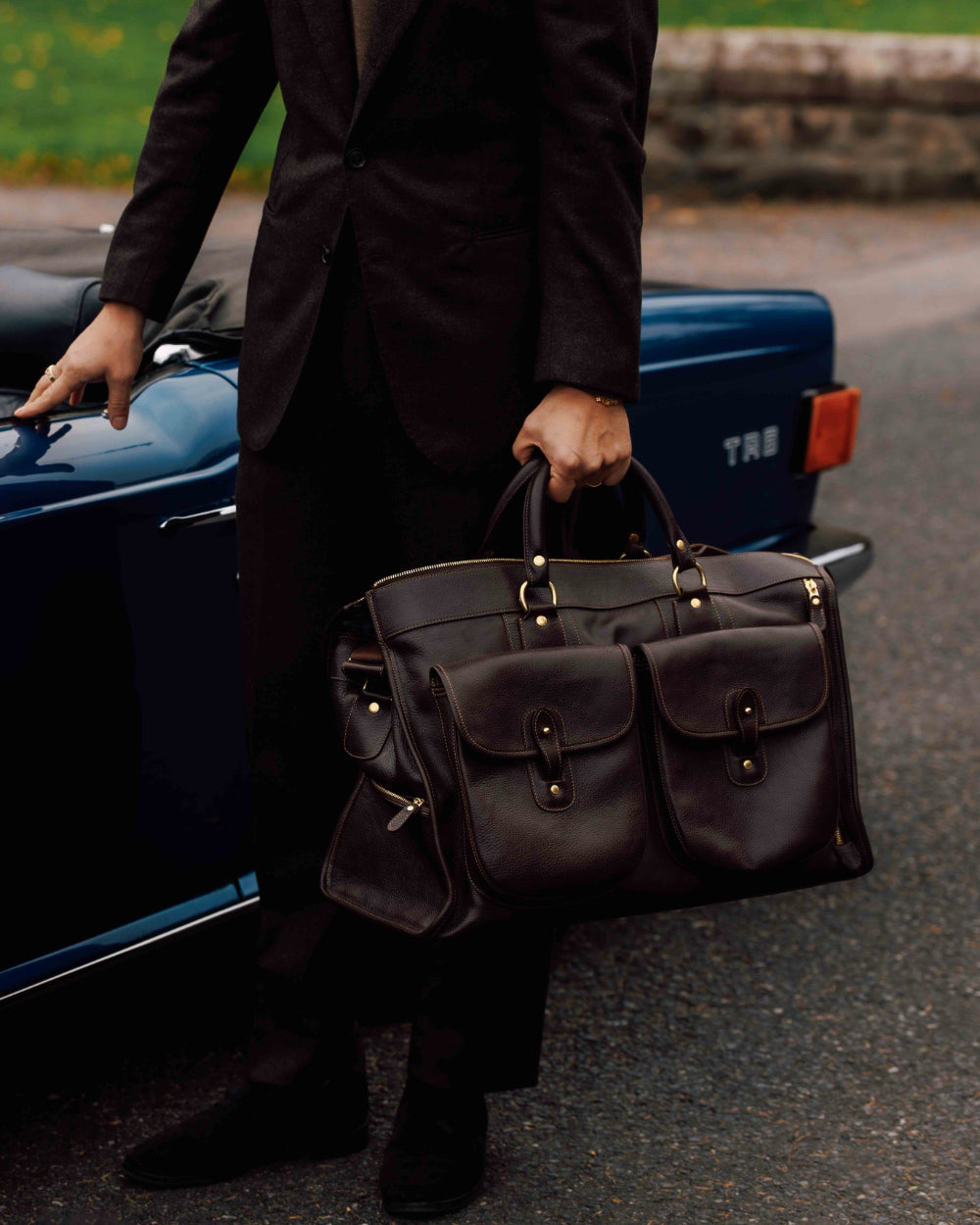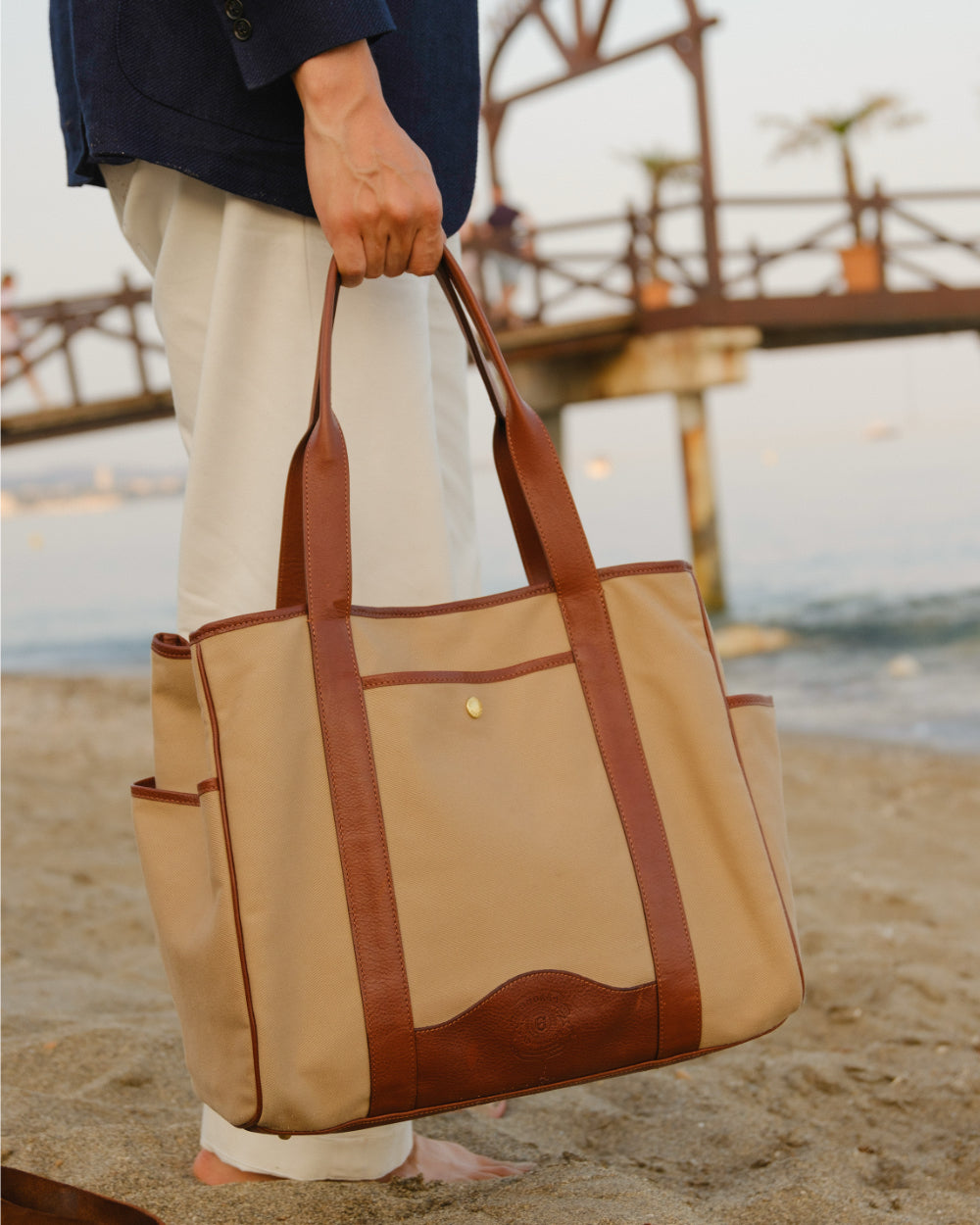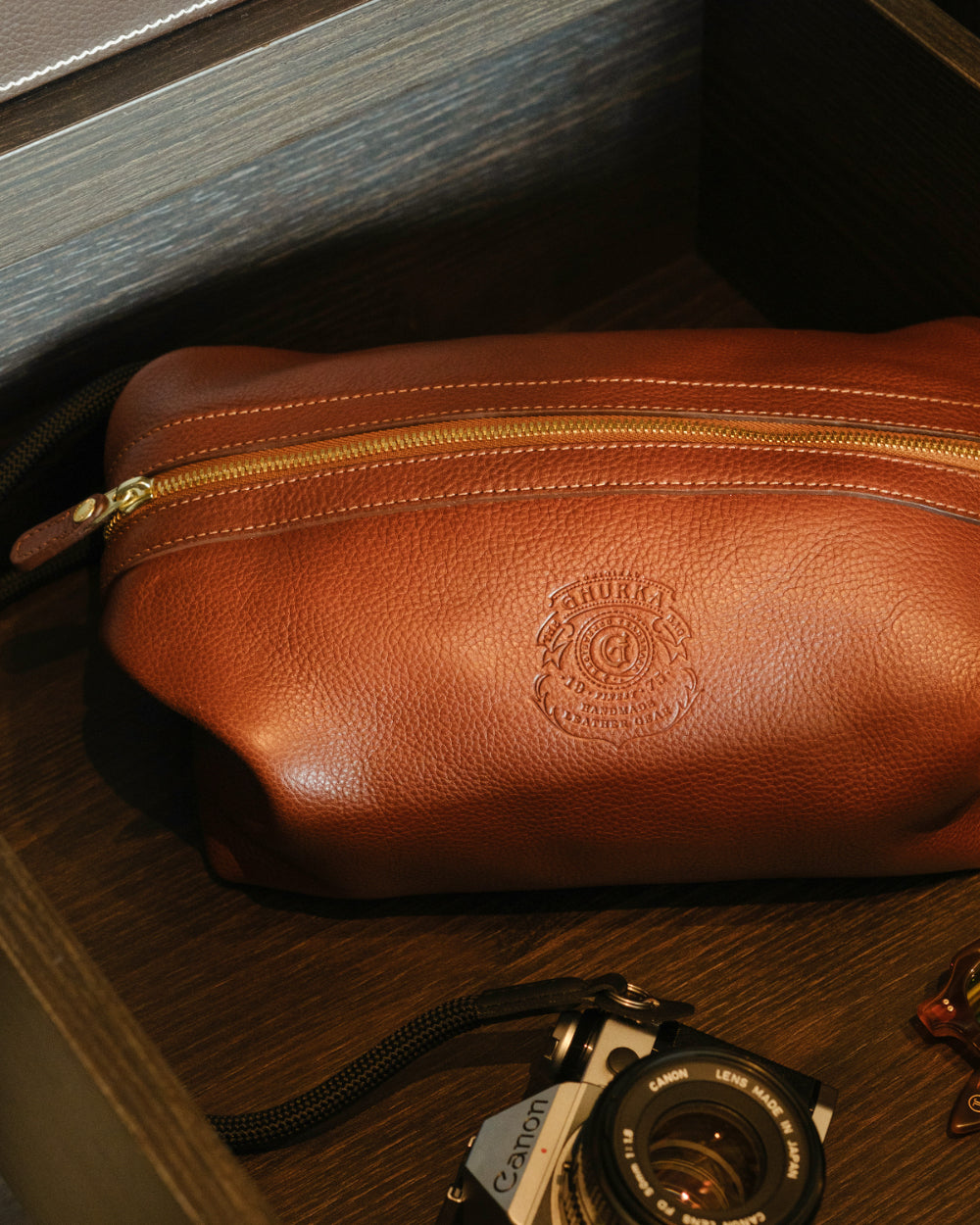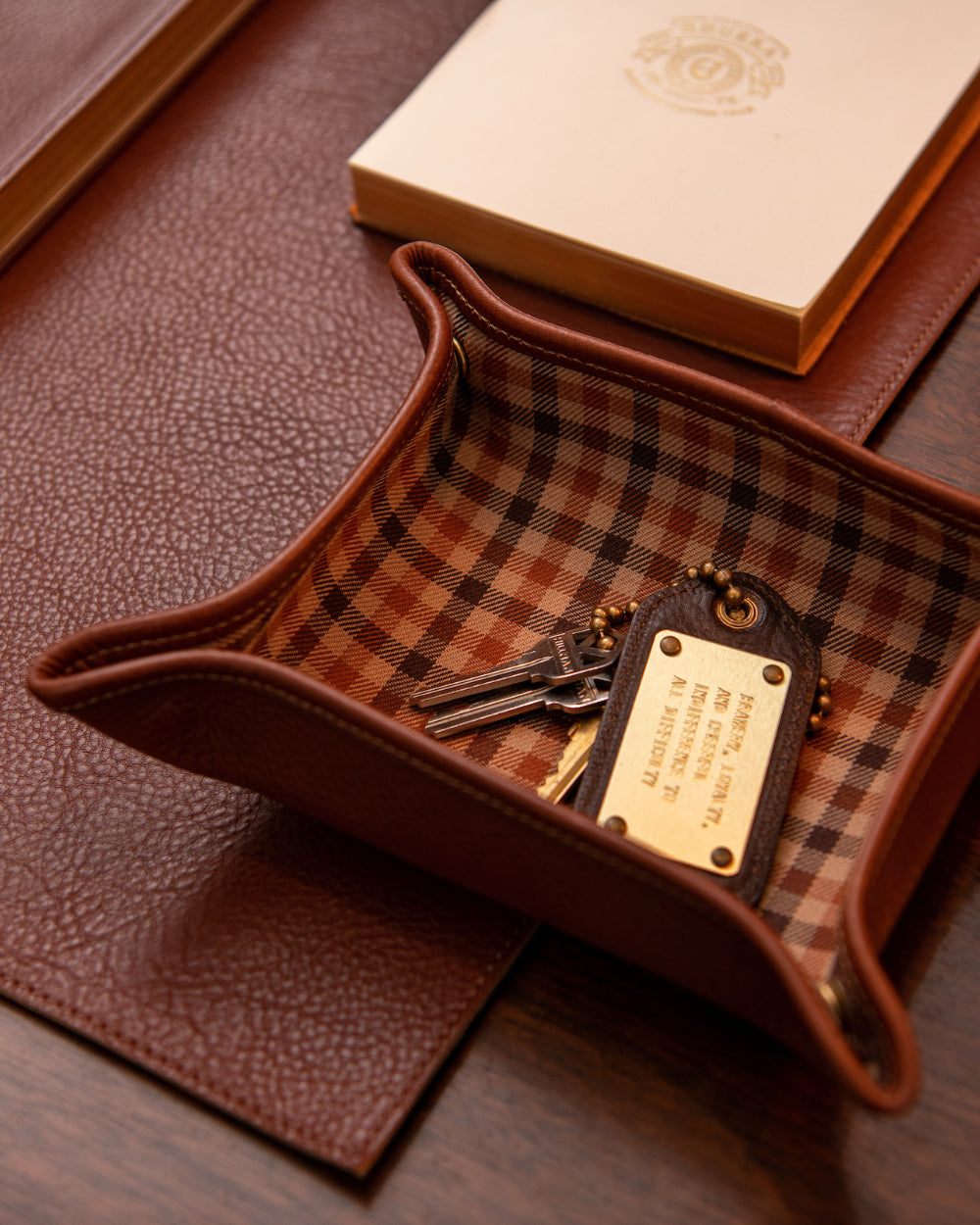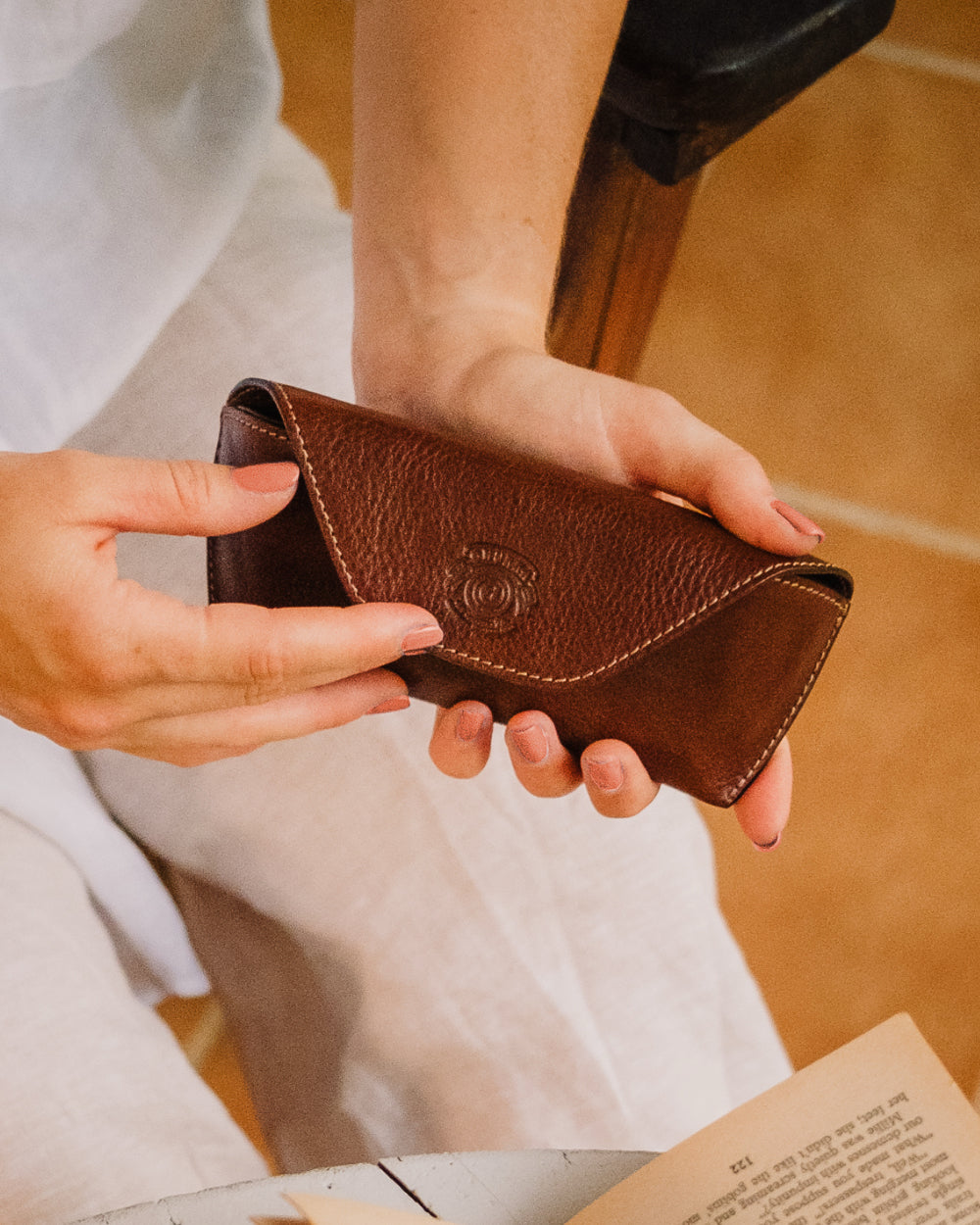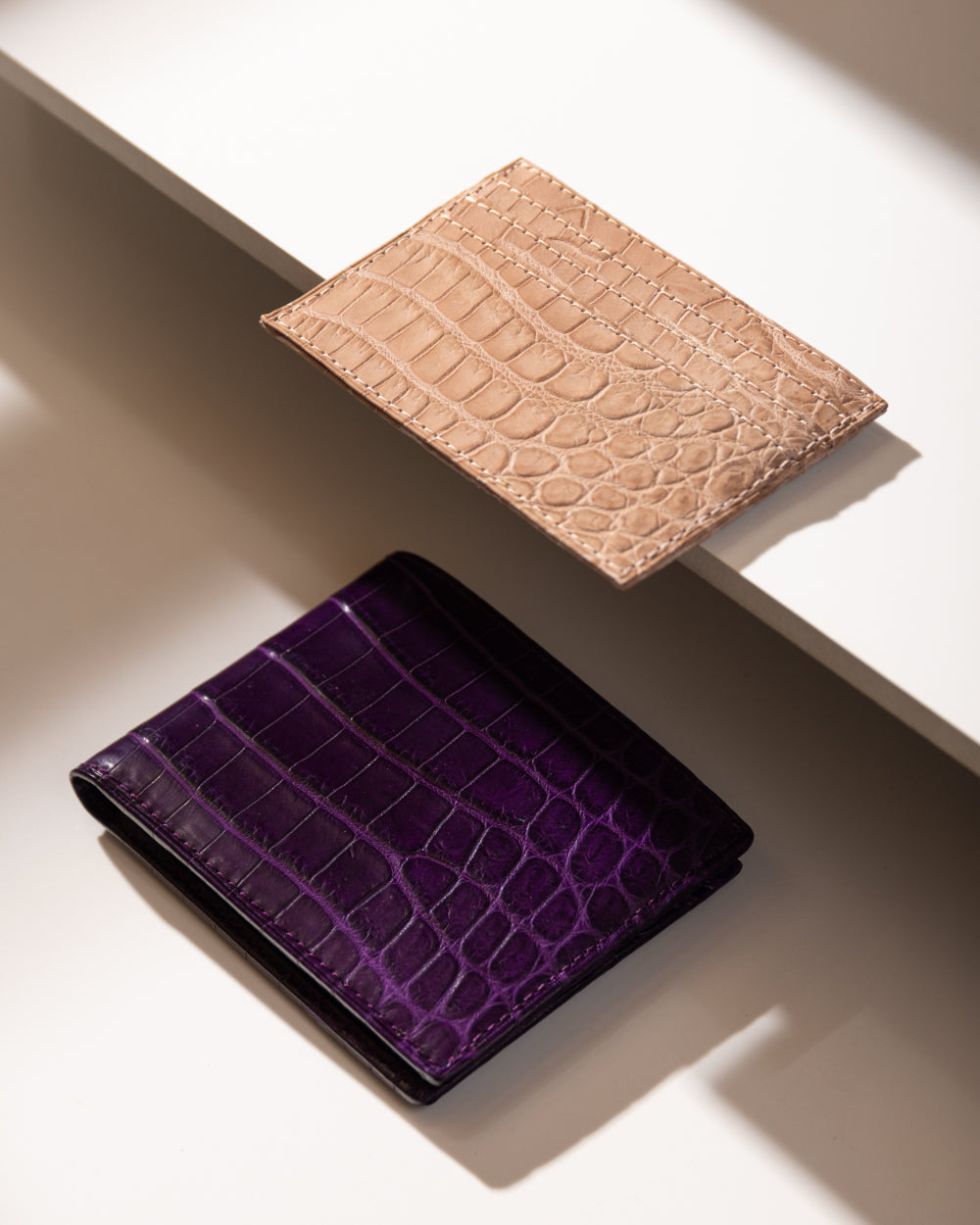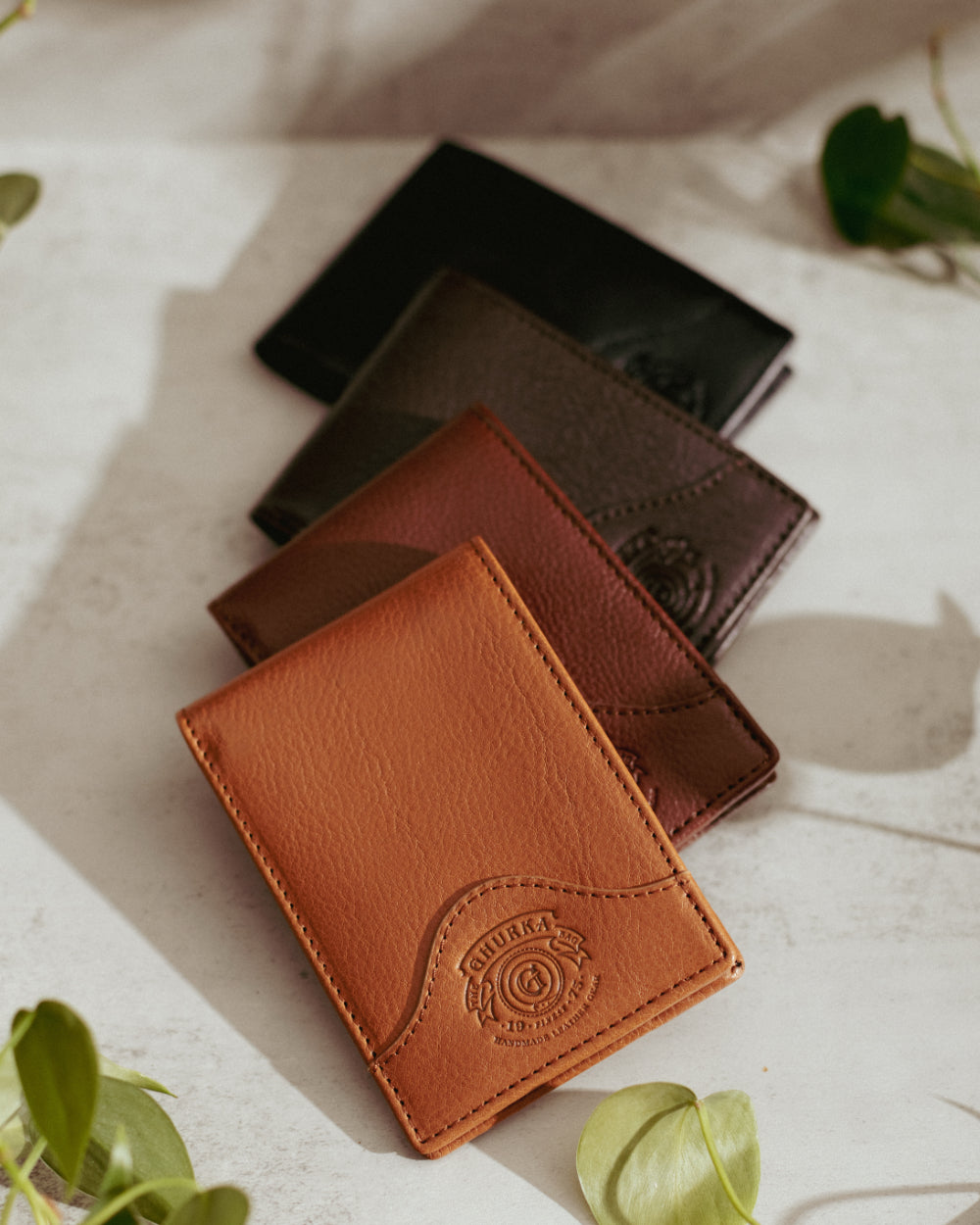The year was 1970, and thanks to the coming together of three Swiss gallerists, the art world would never be the same.
It’s now an international fair known just as well inside the art world as outside, thanks to three locations that the world’s cultural who’s-who flock to for blue-chip art, and the accompanying lavish, champagne-drenched parties.
Started by Ernst Beyeler, Trudi Bruckner, and Balz Hilt, Art Basel was well received from the start. Inspired to create something of their own after showing at Germany’s Art Cologne, the trio returned to their Swiss hometown – and Art Basel was born. The inaugural fair welcomed more than 15,000 visitors to view the works of galleries from 10 countries. Over the next decade, the fair worked to promote young, lesser-known artists, and developed in size along the way. Five years in, and the number of galleries showing had practically tripled – making Basel, Switzerland a new capital for the industry, and solidifying Art Basel as the world’s premier contemporary art fair.
As the art show grew, so did the art market, with a crew of mega-rich collectors pining for new works to populate their personal collections, and cover the walls of their various homes dotting the globe. Art Basel was soon faced with competition from other fairs, each chomping at the bit to get these deep-pocketed consumers into their stalls and snap up freshly minted pieces.
In response to this, Lorenzo Rudolf, fair director from the early 1990s to 2000, insisted upon the highest standards. Under his supervision, Art Basel would truly become both a cultural and social event. Thanks to his introduction of the fair’s VIP program, with corresponding lounges and cards, catering to the 1% became a top priority. The number of galleries grew, with influential names like New York’s Barbara Gladstone joining the list of international art vendors that showed works year after year.
By the year 2000, the fair’s organizers saw opportunity beyond the European continent. Now led by Sam Keller, the former communications director who launched the fair’s online presence, Basel crossed the pond to sunny Miami Beach in 2002. This glamorous locale served as the perfect setting to pop the aforementioned bottles of vintage champagne.
The feeling of being in Miami during Art Basel is a combination of all things extravagant, and while the art continues to play an obviously essential part of the fun, it’s become much more. The city is notorious for a number of reasons, with a Latin flair that makes you feel as if you’re anywhere but in the States. As the private jets touch down in Dade County, the city is transformed into a cultural playground – with art & action nearly everywhere you look.
Why stop in Miami? With the rise of the Asian market, and an influx of Asian art collectors, Art Basel Hong Kong launched in 2013 – with half of the galleries hailing from the Asia-Pacific region. With a presence in Asia, and recognition around the world, Art Basel is now practically unrecognizable from its relatively humble European beginnings, and the same can be said about the art world. No matter which destination you’re jetting off to for your next Basel fix, rest assured that you’re in good (and expertly curated) hands.

